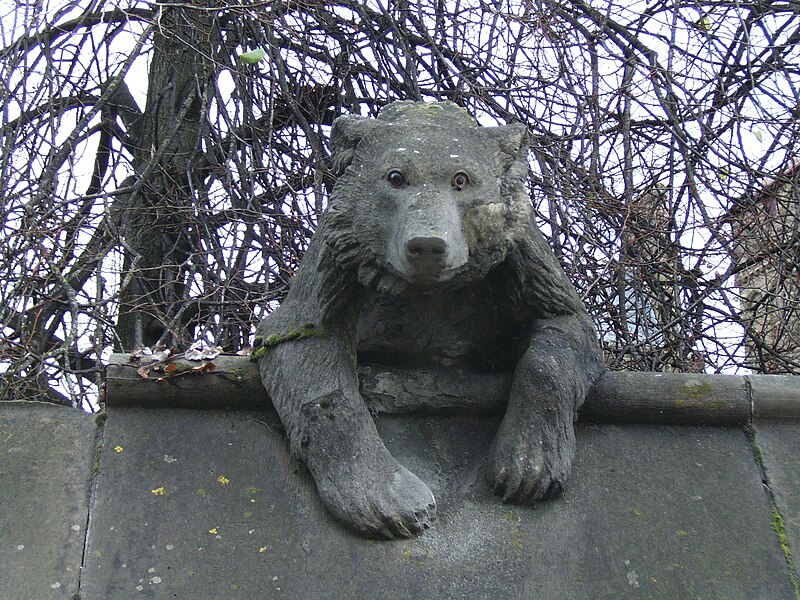Been working on portraits of my friends, wending their way between spirit animals and formal (or practical) considerations.

2022 Archive of RENATURED, Marina Zurkow's Research Blog
ANIMALS, PEOPLE AND THOSE IN BETWEEN
I’ve been meaning to post this – I think maybe I was initially horrified but my standards are slipping.
Wordsworth was inspired to write Daffodils by the glorious flowers on the shores of Ullswater in the Lake District.
A Cumbria Tourism spokesman said: “Wordsworth’s Daffodils poem has remained unchanged for 200 years and to keep it alive for another two centuries we wanted to engage the YouTube generation who want modern music and amusing video footage on the web.
“Hopefully this will give them a reason to connect with a poem published in 1807 as well as with the works of Wordsworth and the stunning landscape of the Lake District. It’s all a bit of fun really.”
David Wilson of the Wordsworth Trust, said: “Wordsworth’s poem is about the mind’s growing awareness over time of the deepening value of an experience, in this case observing the dancing daffodils.
It is awful– so UK peeps, you’ve lost it. Forget all you squirrel purists:
Apocalypse, in the sense of the final destruction of man’s home world, and comedy, in the sense both of the humorous and of the ultimate harmonious resolution of all conflict through progress, are bedfellows in the soap opera of technoscience.” – Donna Haraway, Modest−Witness@Second−Millennium.FemaleMan−Meets−OncoMouse
From Milwaukee – having trouble finding out who made this and in what format – if anyone knows, please post. But it’s beautiful and hideous:

…Making animals part of a building site’s program:
In Wales, artist Gitta Gschwendtner matches new apartments built one for one with bird and bat nesting environments.
Commissioned by the Wales-based public art consultancy Safle,
Animal Wall’ is part of a 50 metre long wall, running along the south-western edge of ‘Strata’, a new residential development in Century Wharf, Cardiff Bay. It can be accessed via the riverside walk leading from Clarence Road towards the city centre. The environmental impact of Cardiff Bay’s extensive development is an ongoing concern and various measures have been put in place to mitigate this. The approach taken for this artwork is to assist wildlife in the area and encourage further habitation. The new housing development of Century Wharf which provides approximately 1,000 new apartments and houses; Gschwendtner’s design for the ’Animal Wall’ will match this with about 1,000 nest boxes for different bird and bat species, integrated into the fabric of the wall that separates the development from the adjacent public riverside walk.
Through consultation with an ecologist, four different sized animal homes have been developed, which have been integrated into a custom-made woodcrete cladding to provide an architecturally stunning and environmentally sensitive wall for Century Wharf. The animal wall also transcends the barrier between the private and the public, with the wildlife roaming freely between the two areas.
The nests are designed specifically to attract bats, starlings, sparrows and blue and grey tits.
“But not everyone will come at the same time,” says Gschwendtner. “Instead there will be a constant turn-around of tenants.”
For the time being the houses will remain empty, as the birds and bats won’t be looking for places to nest until next spring. “Some people are concerned about bird poo,” says Gschwendtner. “But they don’t need to worry. Birds keep it very nice and clean around where they nest.”
– Johanna Agerman, IconEye
Found via Dezeen.
Related (by formal theme, not purpose):
Animal Wall designed by William Burges, also sited in Cardiff, built in 1890:

Rather, the purpose of Burges’ and Gschwendtner’s designs may be to playfully call attention to animals in our midsts, but the new animal wall attends to the contemporary needs of displaced cohabitants, whereas the 19th century wall simply represents them, accepting that the animals themselves have ‘gone missing’ in real life.
Another project that is stunning to look at — and slightly vengeful to consider — won a notable mention at ReBurbia:

Designed ByStéphane Degoutin & Gwenola Wagon – Nogo Voyages
The huge amount of vacant land in the abandoned american suburbs can be used to increase the ruralization of the city. We propose themed neighborhoods, specialized on a few plots of land: the sheep district, the chicken district, the pig district… This would allow neighbours to get in touch to keep or exchange their animals.
We propose developments which are sold as packs.
=
House
+
Land
+
Stockbreeding
Each housing type is associated with a species or a culture. Housing standards are associated with agricultural standards.
Each pack is ready to use. It comes with a user guidebook, a training if needed, a one year guarantee and assistance service (an assistant farmer can be required).